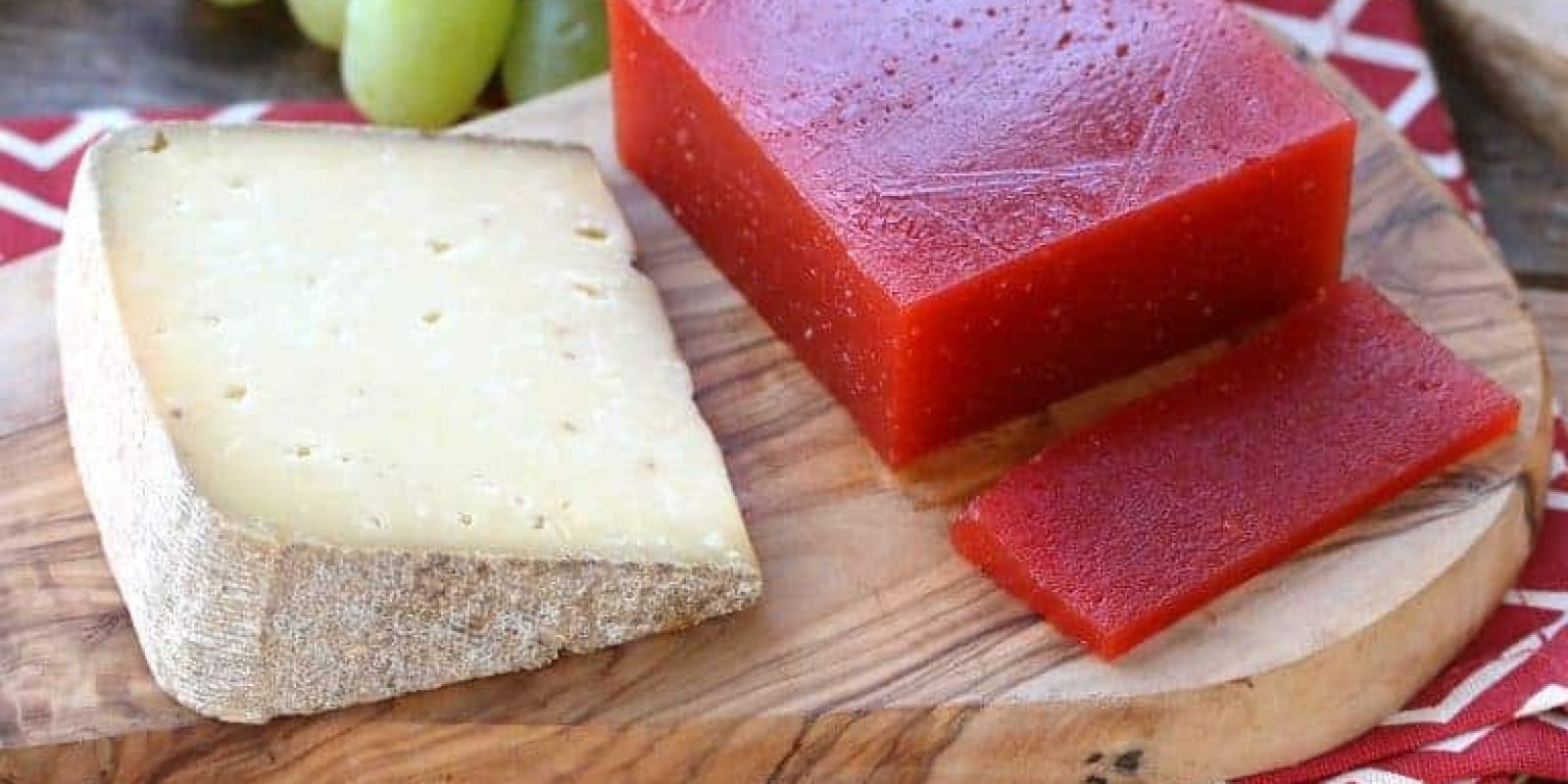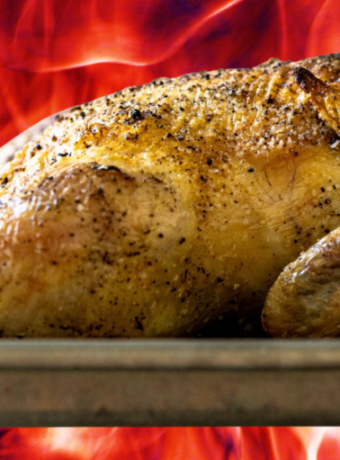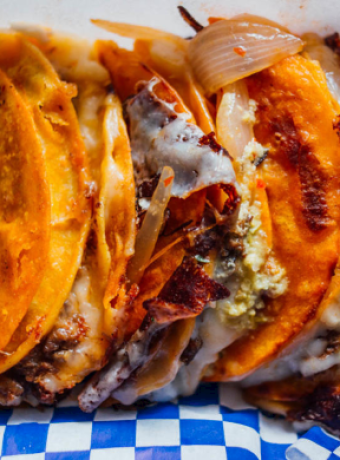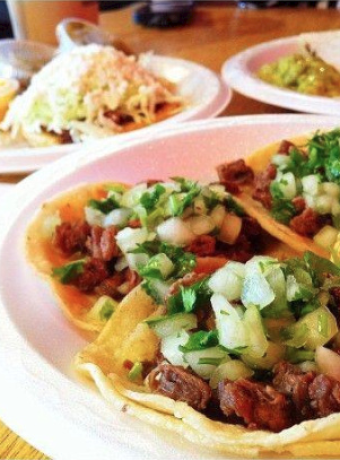Are you looking for a new and exciting fruit to add to your diet? Look no further than membrillo! This sweet and nutritious fruit, also known as quince, is packed with health benefits and can be used in a variety of ways. In this article, we’ll explore the history and origins of membrillo, its nutritional value, and how to use it in cooking and baking.
What is Membrillo?
Membrillo is a fruit native to the Mediterranean region, particularly Spain and Portugal. It is a member of the Rosaceae family and is closely related to apples and pears. The fruit is yellow and pear-shaped, with a tough, fuzzy skin and a hard, astringent flesh. It is not typically eaten raw due to its tart and astringent flavor, but is instead cooked and sweetened for use in a variety of culinary applications.
History and Origins
Membrillo has been cultivated for thousands of years and has a long and storied history. It was prized by the ancient Greeks and Romans for its medicinal properties, and was used as a remedy for everything from digestive issues to respiratory ailments. In medieval times, it was believed to be an aphrodisiac and was often served at weddings.
Nutritional Value
Membrillo is packed with nutrients and is a great addition to a healthy diet. It is high in fiber, vitamin C, and antioxidants, which can help boost your immune system and protect against chronic diseases like cancer and heart disease. Additionally, it contains small amounts of other vitamins and minerals, including potassium, magnesium, and iron.
Uses in Cooking and Baking
Membrillo is incredibly versatile and can be used in a variety of ways in the kitchen. It is most commonly used to make a sweet paste known as dulce de membrillo, which is used in Spanish and Portuguese cuisine as a spread or filling for pastries and desserts. The paste is made by cooking the fruit with sugar and water until it becomes thick and spreadable.
In addition to dulce de membrillo, the fruit can also be used in savory dishes. It pairs well with meats like pork and chicken and can be used as a glaze or marinade. It can also be roasted or grilled and served alongside vegetables or as a side dish.
How to Select and Store Membrillo
When selecting membrillo, look for fruits that are firm and free of blemishes or bruises. They should be fragrant and have a bright yellow color. To store, keep the fruit in a cool, dry place for up to a week. Once cooked, dulce de membrillo can be stored in the refrigerator for up to three months.
Conclusion
Membrillo is a delicious and nutritious fruit that is worth adding to your diet. Whether you use it to make sweet pastes and desserts or savory dishes, it is sure to add a unique flavor and texture to your meals. So next time you’re at the grocery store, pick up a few quinces and give them a try!
FAQs
Q1. What does membrillo taste like?
A1. Membrillo has a tart and astringent flavor when raw, but when cooked and sweetened, it takes on a sweet and floral taste with a slightly grainy texture.
Q2. Can you eat membrillo raw?
A2. Membrillo is not typically eaten raw due to its tart and astringent flavor. Instead, it is cooked and sweetened for use in a variety of culinary applications.
Q3. What is dulce de membrillo used for?
A3. Dulce de membrillo is a sweet paste made from cooked and sweetened membrillo. It is commonly used in Spanish and Portuguese cuisine as a spread or filling for pastries and desserts.
Q4. Can membrillo be frozen?
A4. Yes, membrillo can be frozen. Once cooked into a paste, it can be stored in the freezer for up to six months.
Q5. What are some other fruits that are similar to membrillo?
A5. Membrillo is closely related to apples and pears and shares many of their characteristics. Other fruits that are similar in flavor and texture include guava and quince.
Related post
Ina Garten’s Greek Salad: A Fresh and Flavorful Delight




